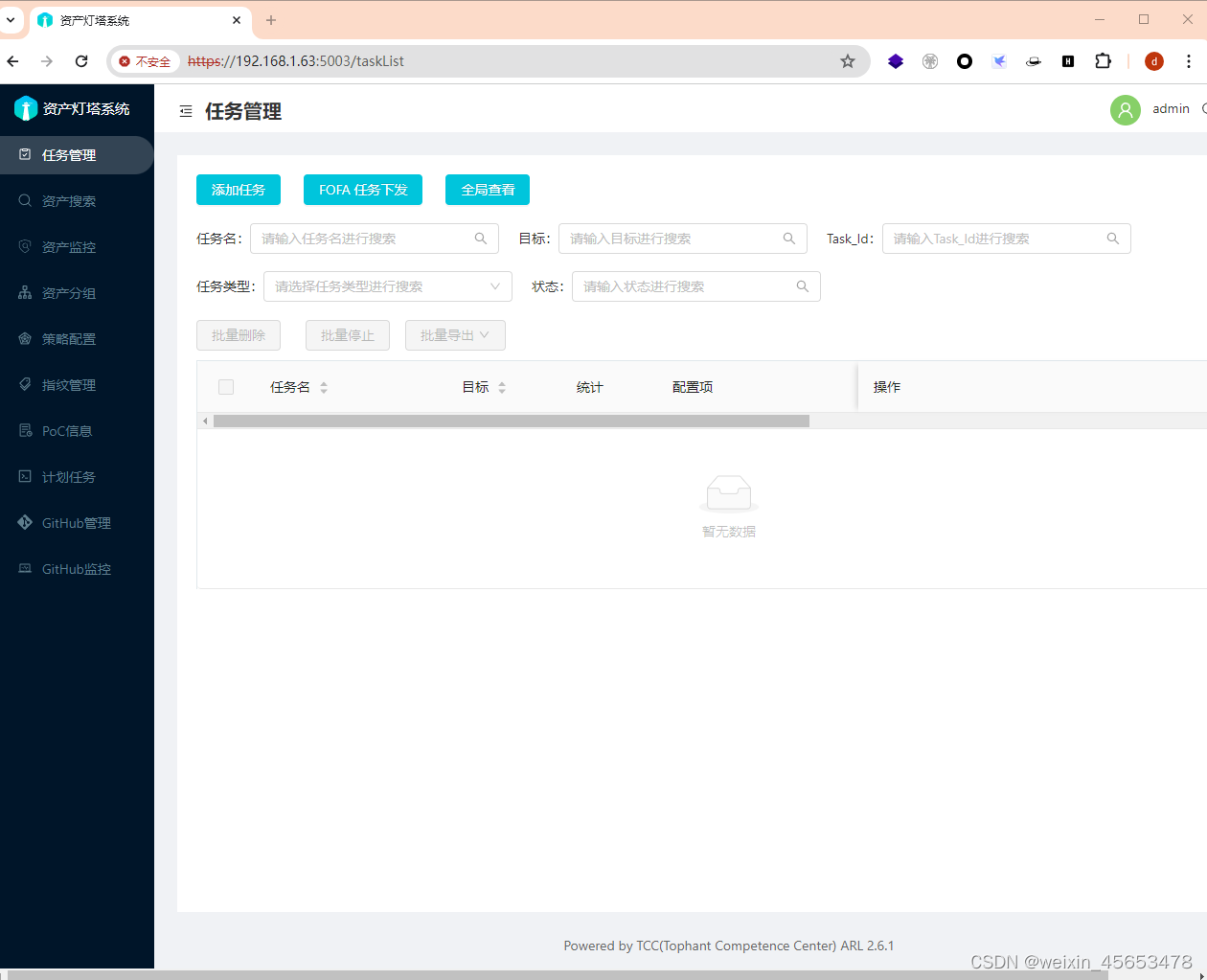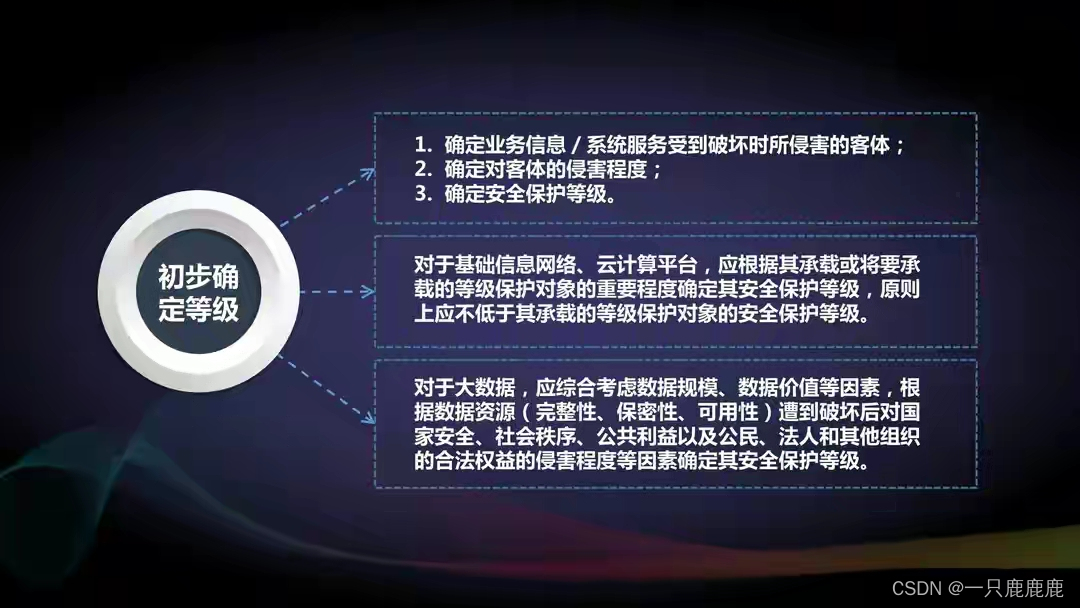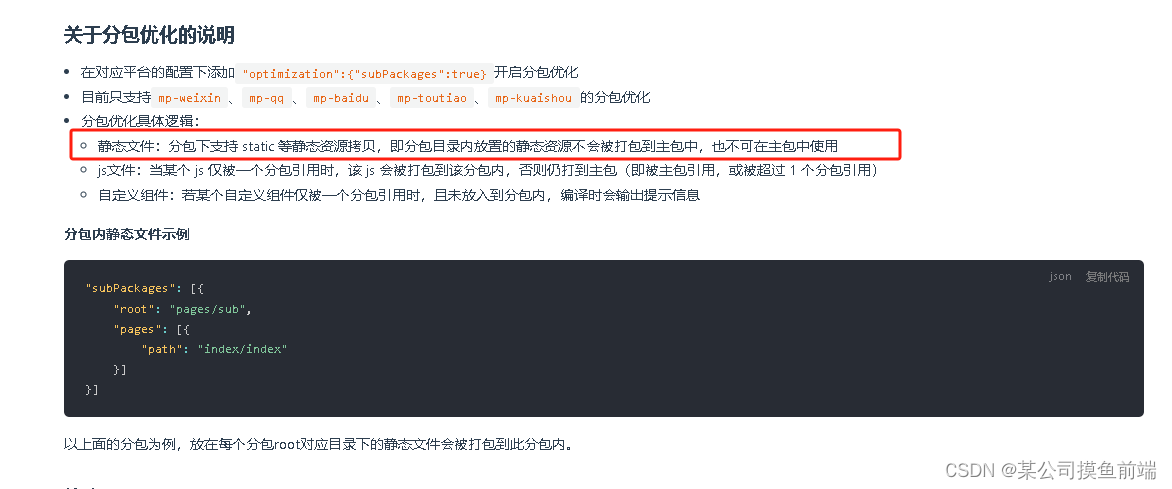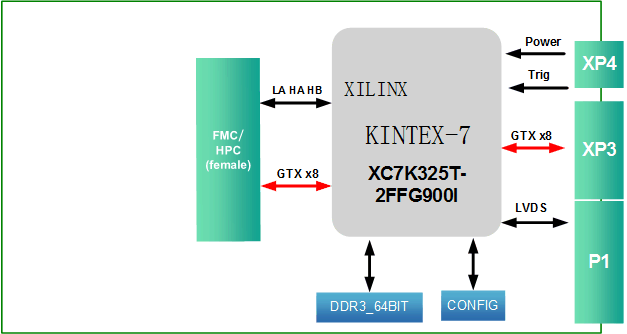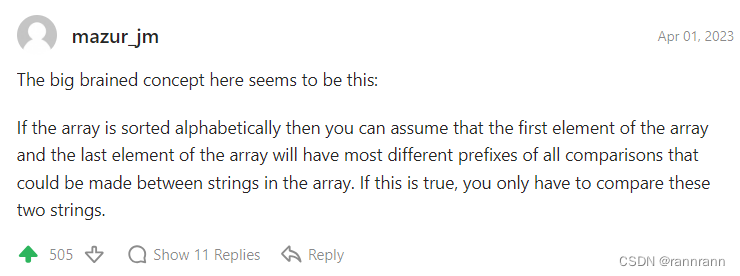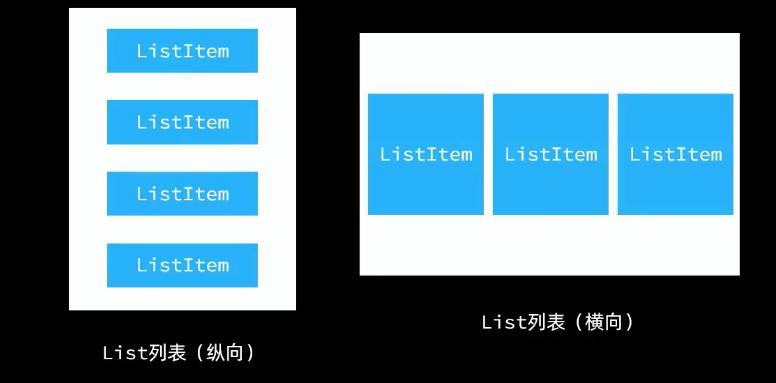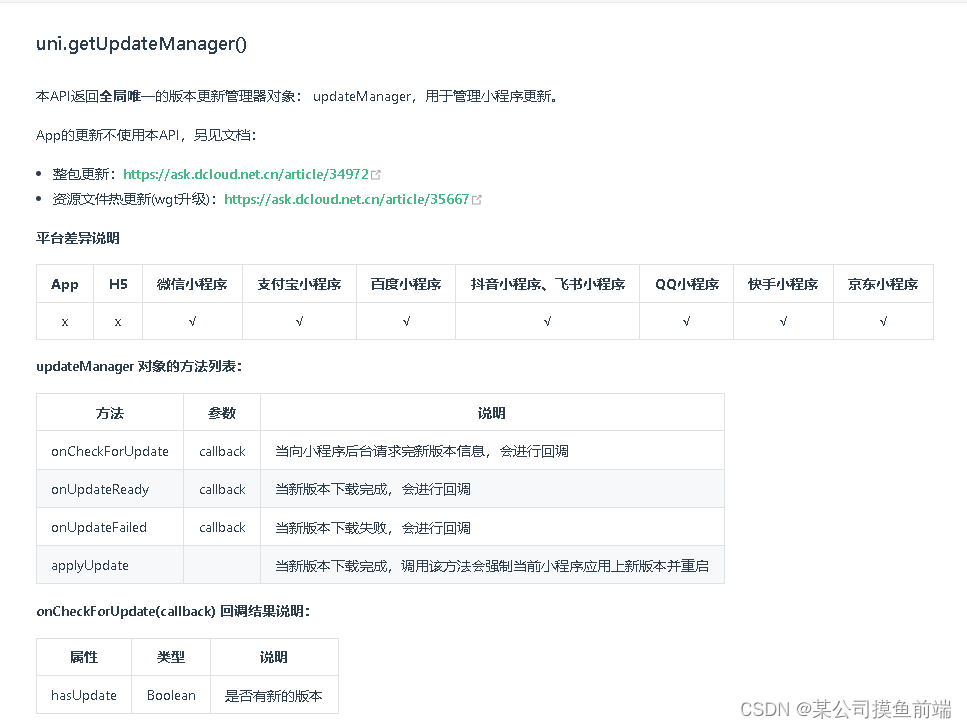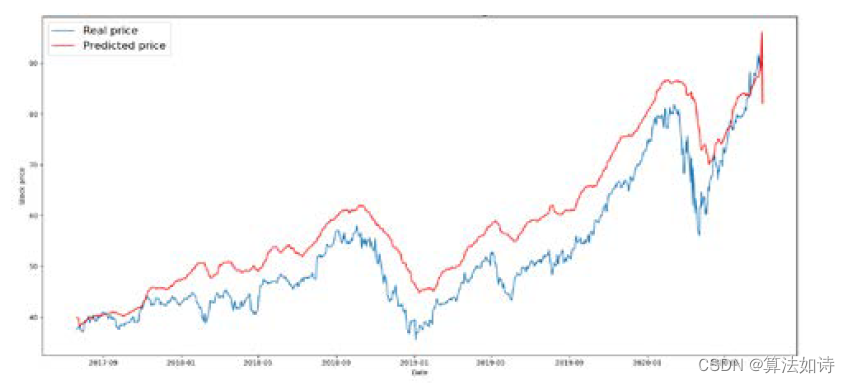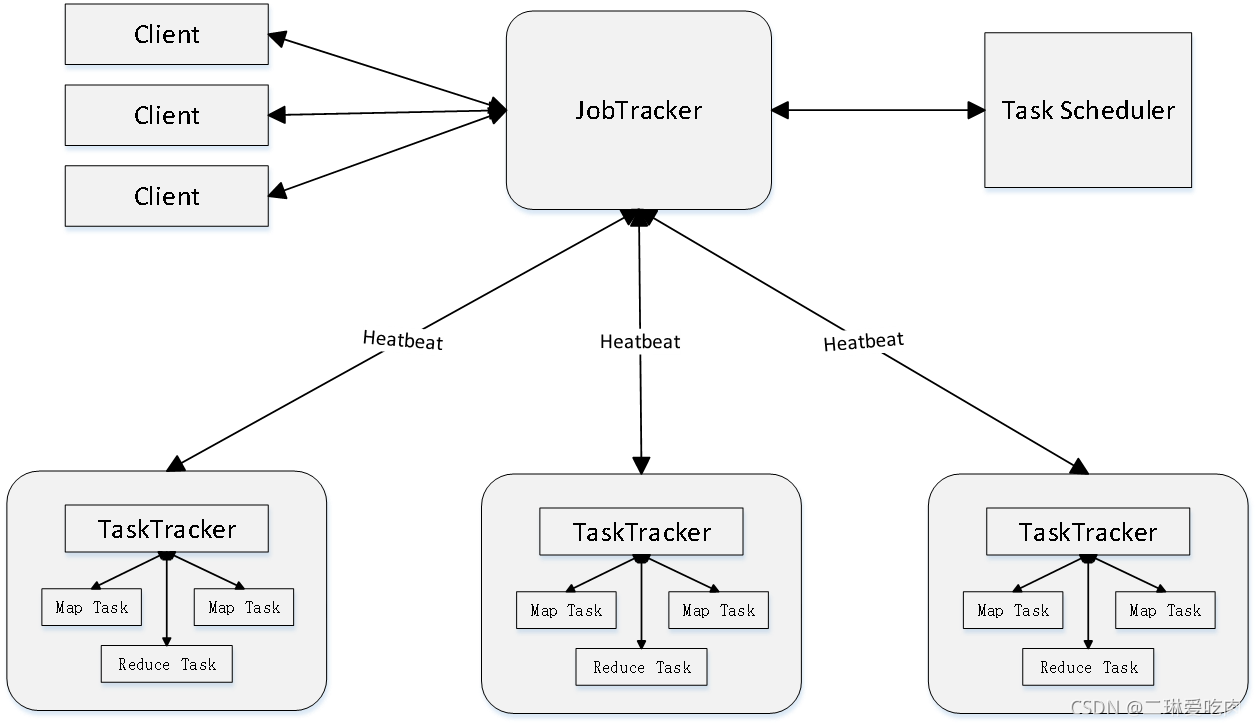一句话总结:秒了。
原题链接:1143 最长公共子序列

与昨天的最长重复子数组极度类似。 由于这里是子序列,两者不相等时有dp[i][j] = Math.max(dp[i][j - 1], dp[i - 1][j])。同时由于子序列的缘故,dp数组及下标的含义也有了改变:以text1[i]和text2[j]结尾的最长子序列长度,因此最终结果即dp[m][n]。除此之外完全一致。
class Solution {
public int longestCommonSubsequence(String text1, String text2) {
char[] ca1 = text1.toCharArray(), ca2 = text2.toCharArray();
int m = ca1.length, n = ca2.length;
int[][] dp = new int[m + 1][n + 1];
for (int i = 1; i <= m; ++i) {
for (int j = 1; j <= n; ++j) {
if (ca1[i - 1] == ca2[j - 1]) dp[i][j] = dp[i - 1][j - 1] + 1;
else dp[i][j] = Math.max(dp[i - 1][j], dp[i][j - 1]);
}
}
return dp[m][n];
}
}原题链接:1035 不相交的线

与上一题完全一致,代码少量修改即可。
class Solution {
public int maxUncrossedLines(int[] nums1, int[] nums2) {
int m = nums1.length, n = nums2.length;
int[][] dp = new int[m + 1][n + 1];
for (int i = 1; i <= m; ++i) {
for (int j = 1; j <= n; ++j) {
if (nums1[i - 1] == nums2[j - 1]) dp[i][j] = dp[i - 1][j - 1] + 1;
else dp[i][j] = Math.max(dp[i][j - 1], dp[i - 1][j]);
}
}
return dp[m][n];
}
}原题链接:53 最大子数组和

本题此前已经有过贪心做法:
class Solution {
public int maxSubArray(int[] nums) {
int pre = 0, ans = Integer.MIN_VALUE;
for (int x : nums) {
if (pre < 0) pre = x;
else pre += x;
ans = Math.max(ans, pre);
}
return ans;
}
}现在要用动规做法,如下动规五部曲:
- 确定dp数组及下标的含义:以nums[i]为结尾的子数组的最大值;
- 确定状态转移方程:dp[i] = Math.max(dp[i - 1] + nums[i], nums[i]),即要么该子序列为当前数值,要么加入之前的子序列;
- dp数组初始化:dp[0] = nums[0];
- 确定遍历顺序:由于dp[i]由dp[i - 1]转移而来,可见需从前往后遍历;
- 举例推导dp数组。
最终代码如下:
class Solution {
public int maxSubArray(int[] nums) {
int n = nums.length;
int[] dp = new int[n];
dp[0] = nums[0];
int ans = nums[0];
for (int i = 1; i < n; ++i) {
dp[i] = Math.max(nums[i], dp[i - 1] + nums[i]);
ans = Math.max(ans, dp[i]);
}
return ans;
}
}

